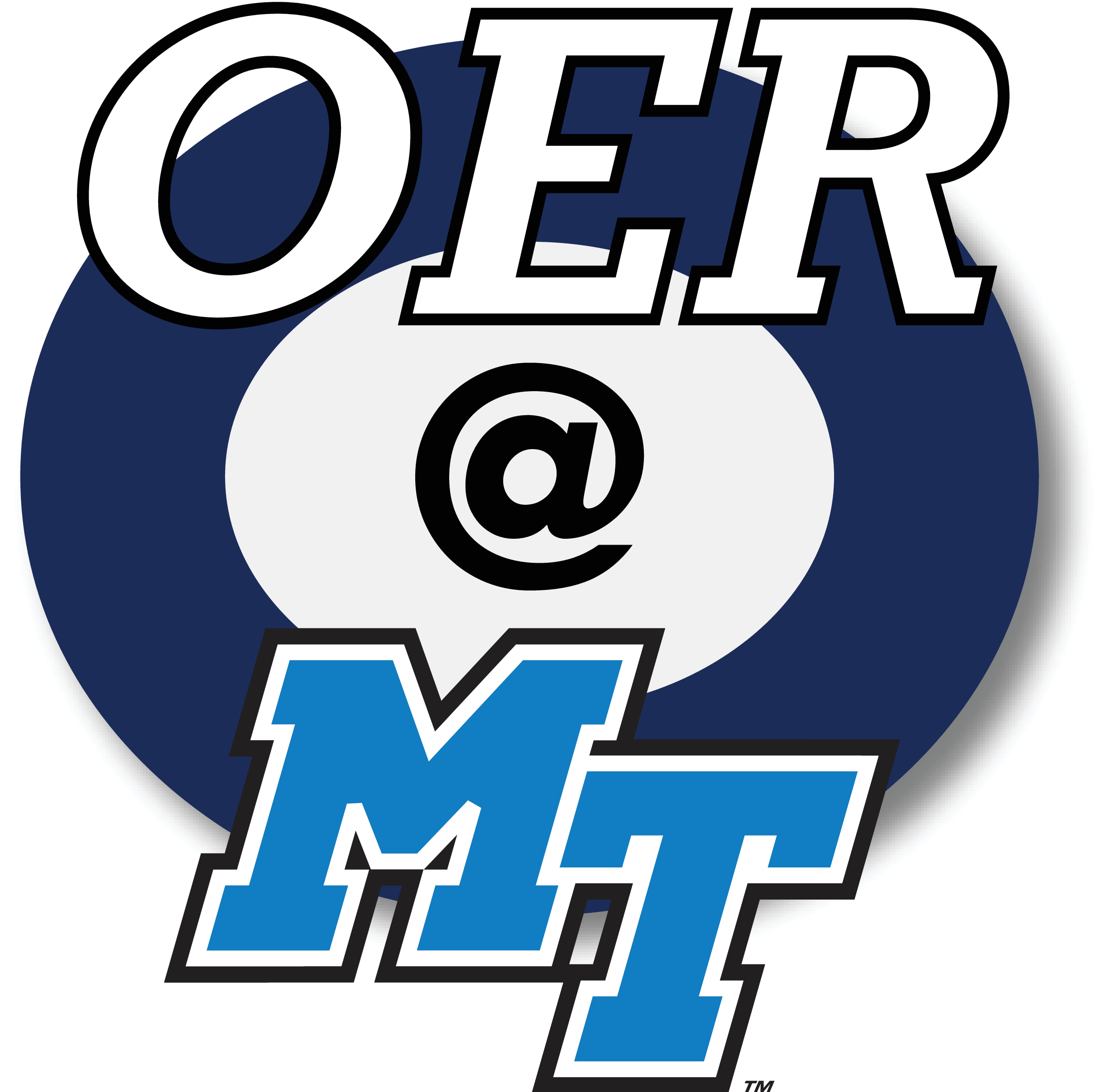Reflection
Sometimes you think. Sometimes you think about thinking. Sometimes you think about thinking about thinking. Sometimes you think about thinking about thinking about…
For many students, reflection may sound like something tacked onto the end of a writing project—a quick recap, a few vague thoughts, maybe an afterthought. But reflection is more than a closing gesture. It is a vital part of the writing process itself, a way of thinking about your thinking, of revisiting your choices, strategies, and struggles to become a more intentional communicator. Reflection sharpens your awareness, deepens your understanding, and helps you transfer your learning to new contexts. In short, it turns writing into growth, and it’s the necessary step in transferring your learning from a classroom context to writing and thinking outside of the classroom.
The chapters in this section explore reflection not just as a final step, but as an integrated, powerful tool for learning. We begin with Sandra Giles’ Reflective Writing and the Revision Process: What Were You Thinking?, which grounds us in the concept of reflection and offers practical strategies for making your revision process more meaningful and effective. Giles recounts her own transformation as a writer and teacher, showing how authentic reflection can lead to more thoughtful writing and clearer intentions.
Derek Van Ittersum and Tim Lockridge’s Find the Best Tools for the Job: Experimenting with Writing Workflows encourages you to reflect on the tools you use when writing—pen and paper, word processors, apps—and how they shape your experience. By becoming more aware of your writing workflows, you can better understand what helps or hinders you and develop approaches that support your creativity and focus.
Next, Benjamin Miller’s What’s the Diff? Version History and Revision Reflections introduces a method of using version histories and revision notes to track and reflect on your growth as a writer. Miller shows how even small changes can signal meaningful developments in your thinking, and how looking back at those changes can motivate and guide your future work.
This section also includes Student Research Reflections, which features undergraduate writers from Young Scholars in Writing who share their reflections on becoming researchers. These pieces—by Nidhi Gandhi, Emily Lawrence, and Isabelle Lundin—offer real examples of how student writers develop critical self-awareness and confidence in their writing and research processes and can serve as models for reflective writing.
Finally, Lindsay Knisely’s Reflection Exercise: Using Reflection and Metacognition to Develop Your Half Essay offers a concrete classroom activity that helps students pause mid-way through a writing project to reflect, revise, and plan forward. Knisely’s assignment provides a flexible and portable tool that supports deeper analysis and better writing by making reflection an ongoing habit rather than a one-time task.
Together, these chapters invite you to see reflection not as something optional, but essential. By stepping back to consider what you’re doing, why you’re doing it, and how you might do it differently, you gain more control over your writing and insight into yourself as a thinker and communicator.

